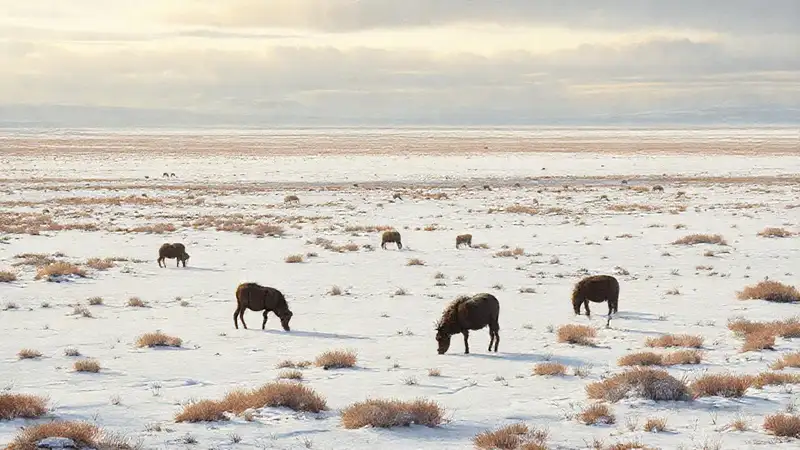The Mesozoic Era, often called the “Age of Dinosaurs,” was a period of dramatic climatic shifts and significant environmental transformations. While often simplified as a story of increasingly warmer temperatures, the reality was considerably more complex. Understanding the dynamics of this period requires looking beyond just temperature and considering the intricate interactions between Earth’s systems, particularly the role of nutrient cycles and their influence on plant productivity. Paleontological evidence suggests a fluctuating landscape, with periods of both warmth and cold, and these shifts were undeniably connected to atmospheric changes.
Reconstructing these ancient environments is a painstaking process relying on a diverse range of data, including fossil plant remains, sedimentary rocks, and geochemical analyses. The goal isn’t simply to determine if it was “hot,” but to decipher how the environment changed and, crucially, why. This necessitates a detailed examination of the processes that sustained life, particularly the availability of essential nutrients and their impact on the base of the food chain – plant life.
The Rise and Fall of Continental Positions
The movement of continents during the Mesozoic profoundly impacted global circulation patterns. Pangaea, the supercontinent, began to break apart, leading to the formation of new ocean currents and dramatically altered weather systems. The opening of the Atlantic Ocean, for example, created a pathway for colder, denser waters from the Arctic to flow southward, influencing regional climates. These shifts in oceanic temperature directly affected atmospheric patterns and, consequently, precipitation.
Furthermore, the geographic separation of continents altered the distribution of plant seeds and spores, significantly affecting the composition of vegetation. As continents drifted, specialized plant communities adapted to their new environments. This process of dispersal and adaptation created pockets of uniquely adapted flora, impacting the overall nutrient landscape and the types of herbivores that could thrive. The changing distribution of plant life itself acted as a feedback loop, impacting climate.
Volcanic Activity and Greenhouse Gases
The Mesozoic wasn't just about continental drift; it was also a time of intense volcanic activity, particularly in the Deccan Traps of India. These massive eruptions released enormous quantities of greenhouse gases, such as carbon dioxide and methane, into the atmosphere. This contributed significantly to a long-term warming trend, leading to elevated sea levels and altered ocean salinity.
However, it’s crucial to remember that the relationship between volcanic emissions and climate change is complex. While these gases undeniably warmed the planet, the subsequent weathering of volcanic rocks – which consumes CO2 – can actually lead to a period of cooling. The overall effect during the Mesozoic was likely a complex interplay of warming and cooling phases, driven by fluctuating volcanic activity and ocean uptake of carbon dioxide.
Nutrient Limitation and Plant Responses

The availability of key nutrients, like nitrogen and phosphorus, played a critical role in regulating plant productivity, and this was profoundly affected by the climatic changes. During periods of greater warmth and humidity, nutrient availability could be reduced due to increased weathering rates and leaching from soils. This limitation restricted plant growth and altered the composition of plant communities.
Plants responded to these nutrient limitations through a range of adaptations, including the development of more efficient root systems to access scarce resources or the utilization of symbiotic relationships with nitrogen-fixing bacteria. These adaptations, in turn, influenced the food available for herbivores, thereby creating further ripple effects throughout the ecosystem.
Changes in Carbonate Production and Soil Acidity
The fluctuating temperatures and altered precipitation patterns also dramatically impacted carbonate production in marine environments. During warmer periods, increased chemical weathering of silicate rocks released dissolved ions into the ocean, potentially leading to decreased carbonate availability – a vital component for shell formation by marine organisms. This affected the entire marine food web.
Furthermore, changes in rainfall patterns can influence soil acidity, which is directly linked to nutrient availability. Increased rainfall can leach nutrients from soils, while decreased rainfall can lead to soil acidification. These shifts in soil chemistry further constrained plant productivity, creating a complex web of interconnected environmental factors that influenced the overall landscape.
Conclusion
Understanding dinosaur climate change requires a shift in perspective from simply viewing it as a single event of global warming. The Mesozoic Era was characterized by a far more dynamic and multi-faceted system, deeply intertwined with the movement of continents, volcanic activity, and, crucially, the cycling of nutrients. The interplay of these factors directly shaped plant productivity and, consequently, the evolution and survival of dinosaurs.
Ultimately, the legacy of the Mesozoic is a testament to the intricate and interconnected nature of Earth’s systems. By recognizing the significant role of nutrient cycling in these ancient environments, we gain a deeper appreciation for the challenges faced by life on Earth throughout its history and the delicate balance that maintains a habitable planet.





Deja una respuesta